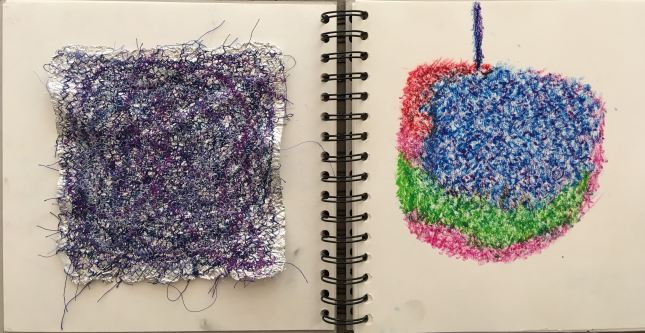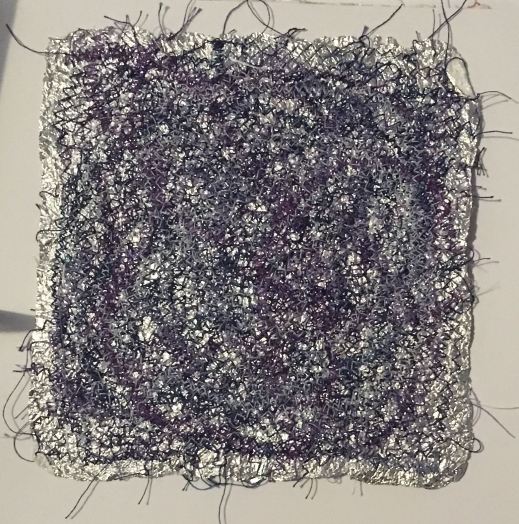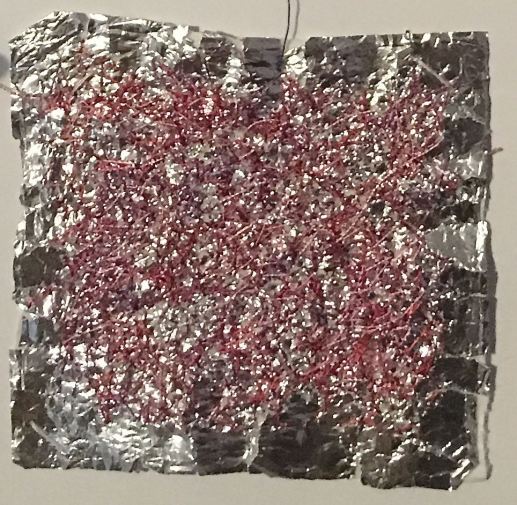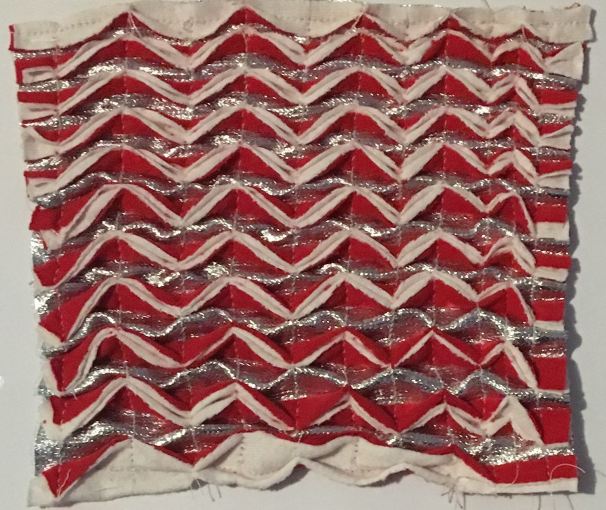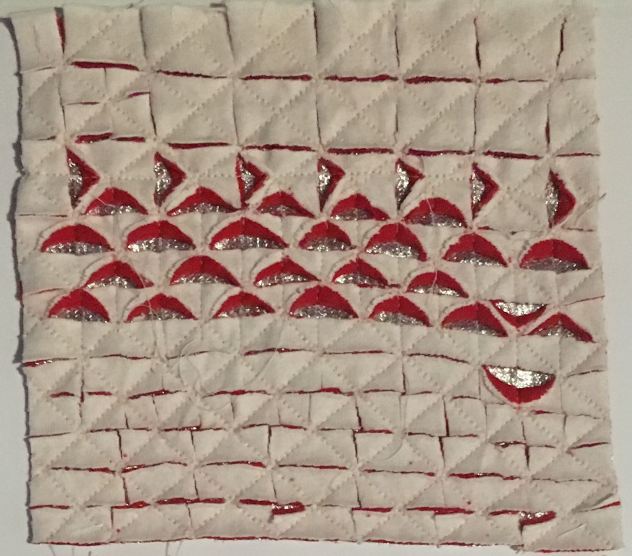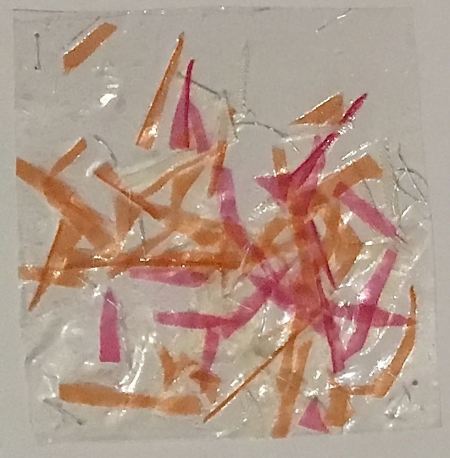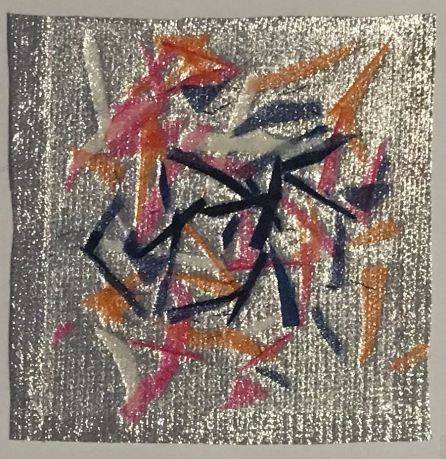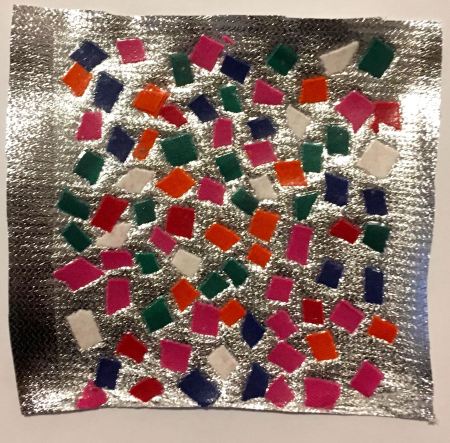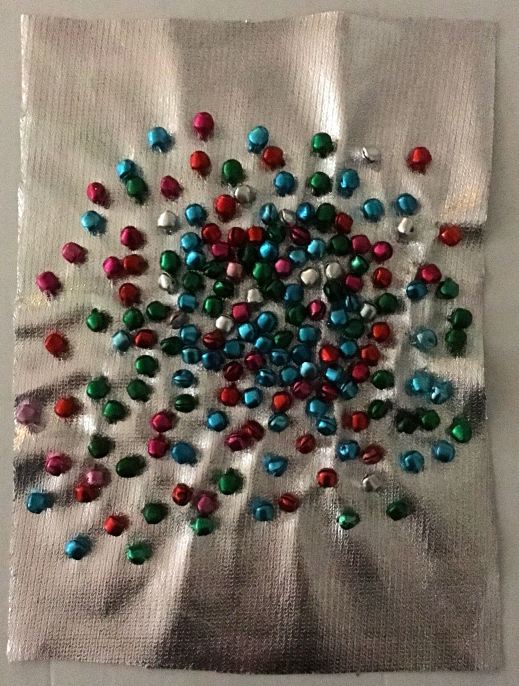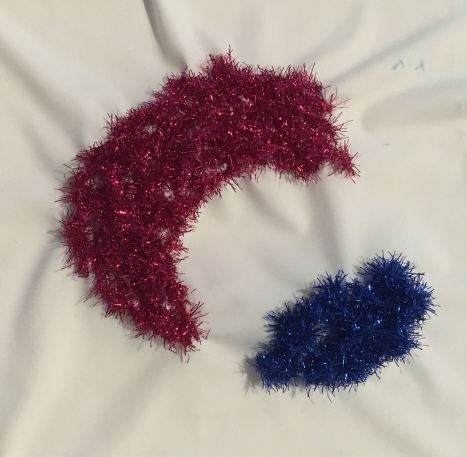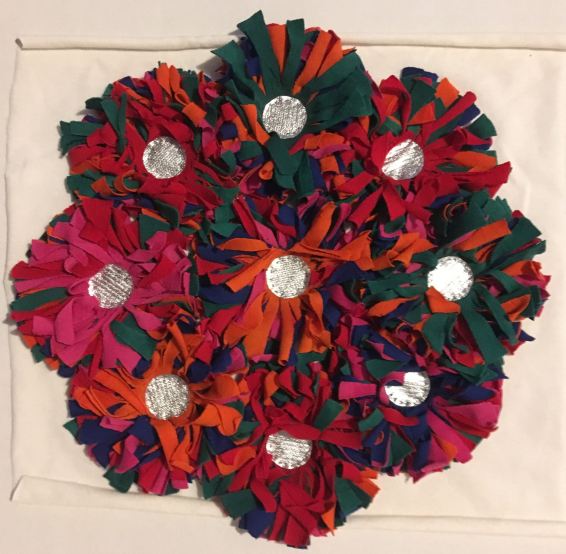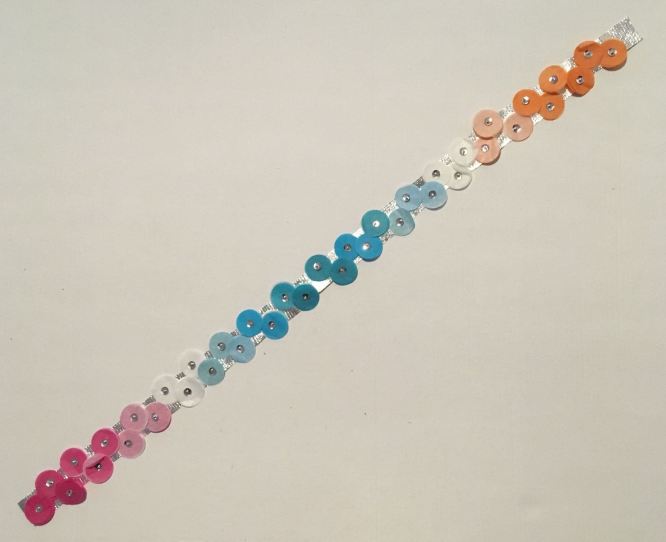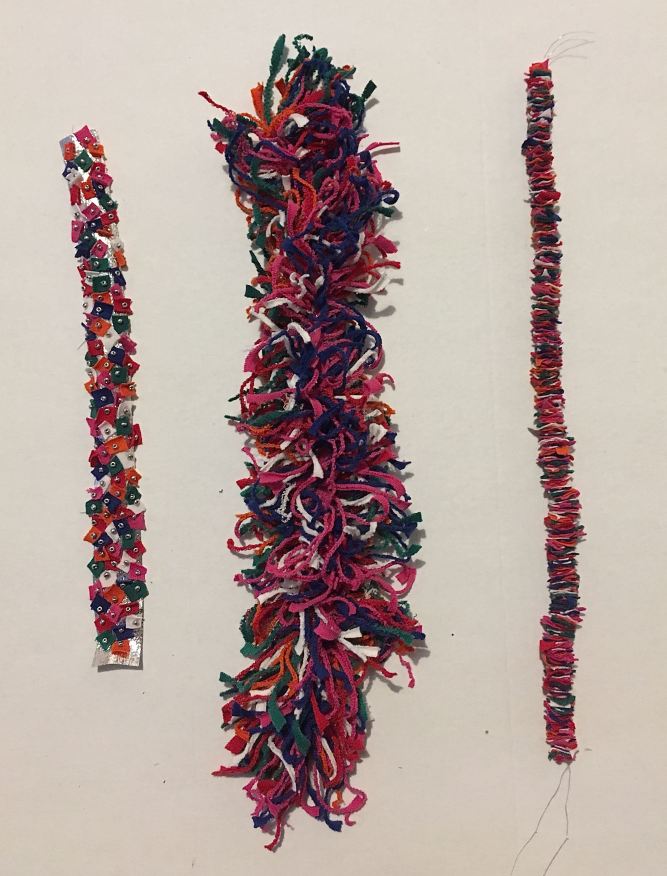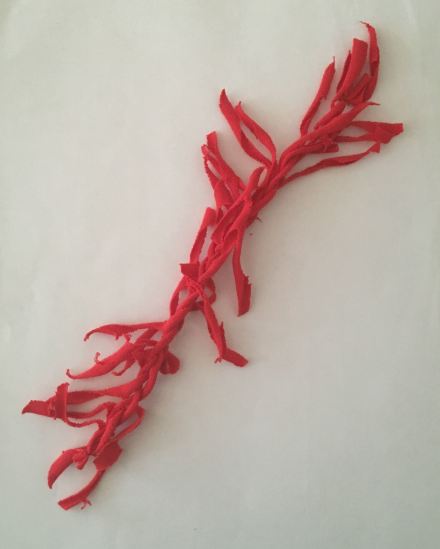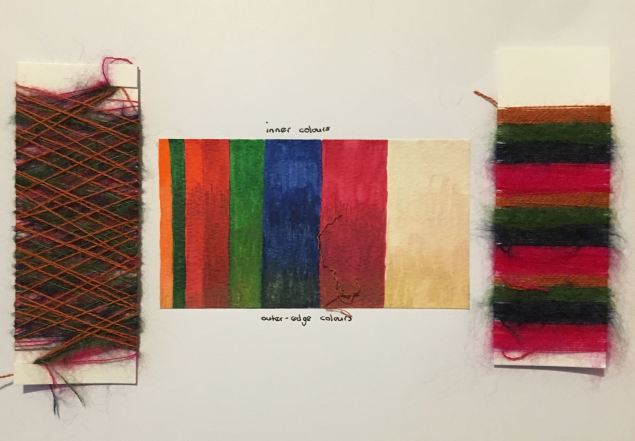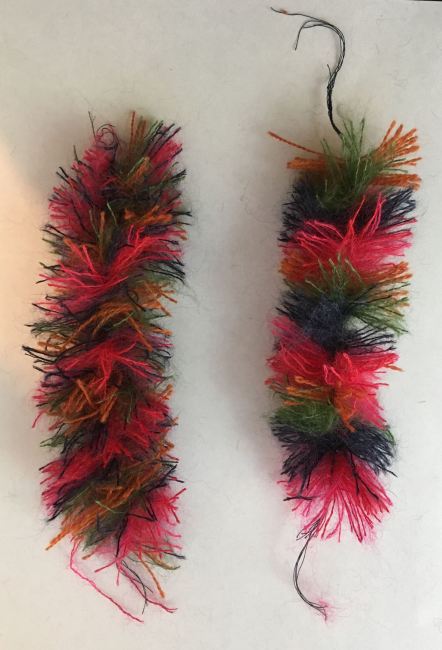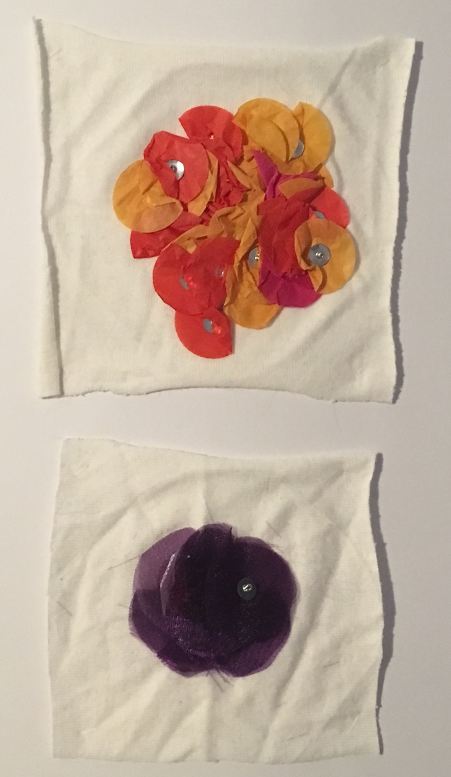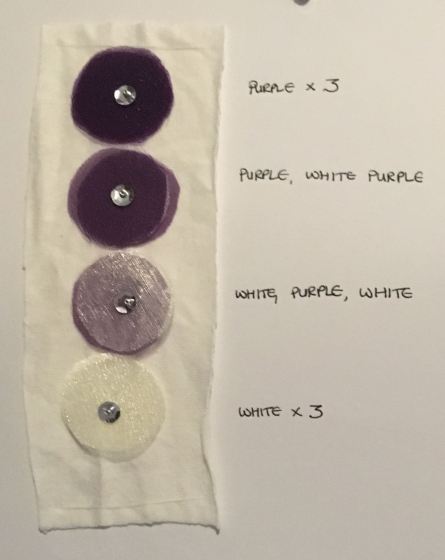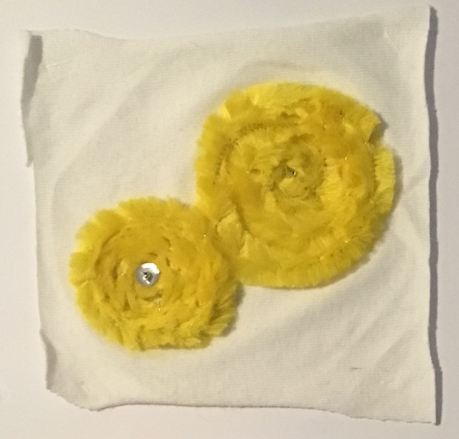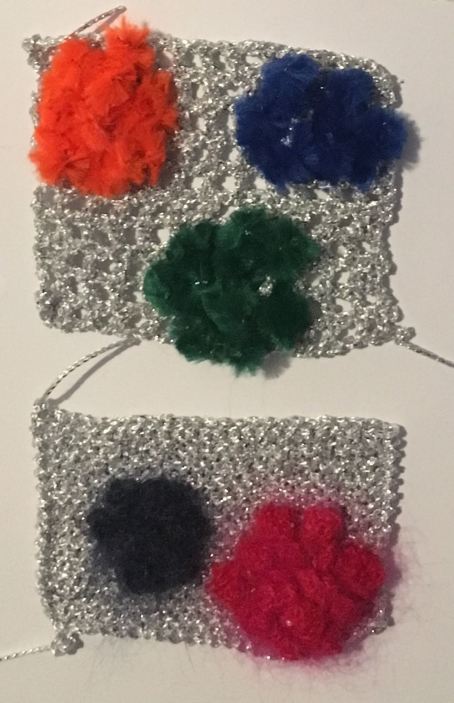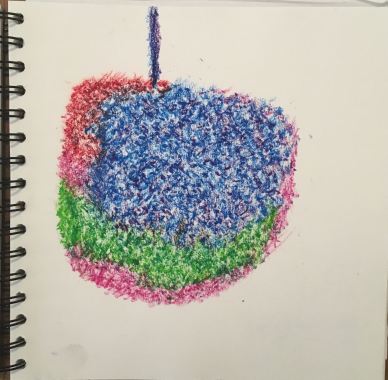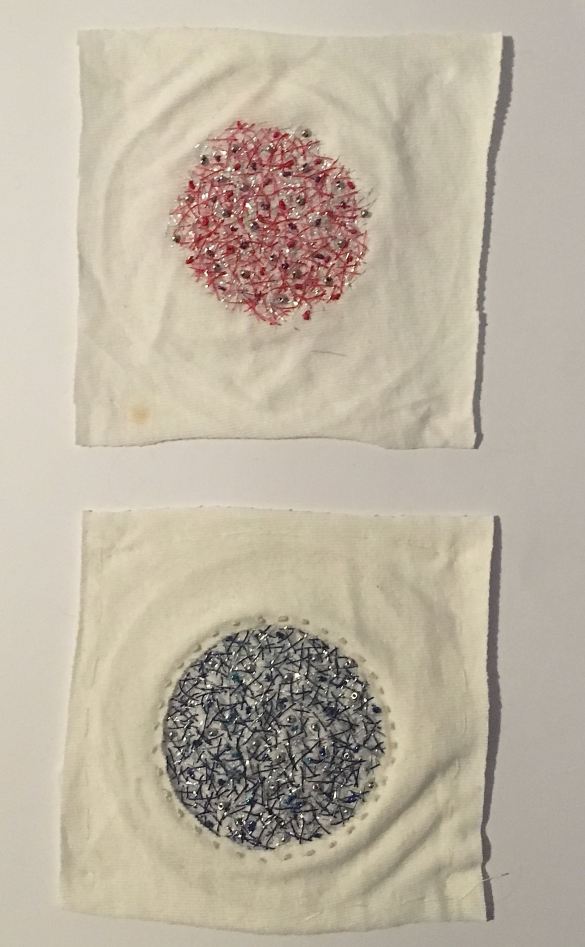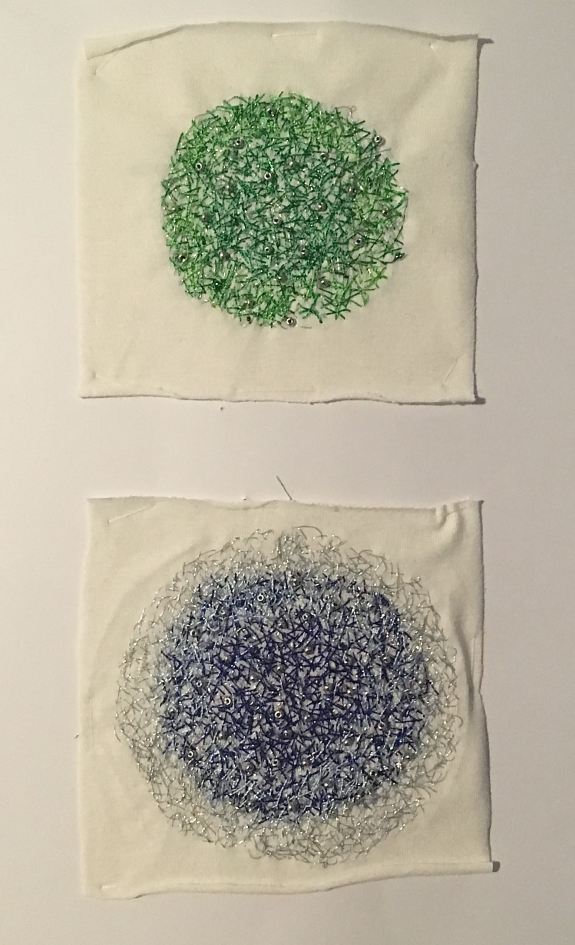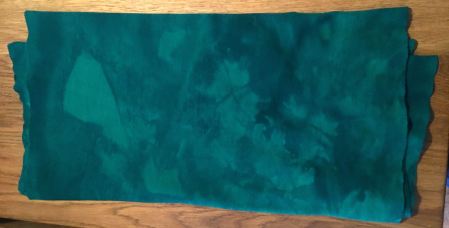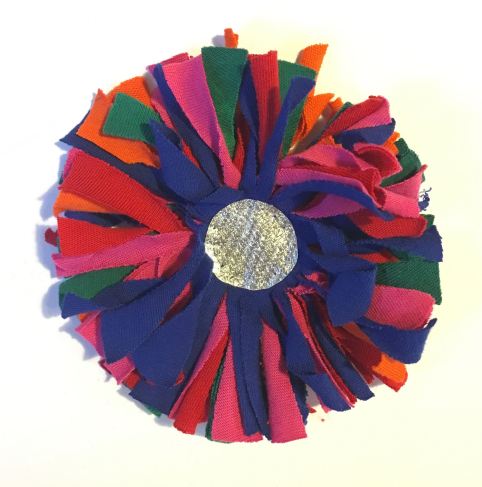While I was working on this assignment, my mother died and my partner and father were hospitalised, so it took much longer to complete than anticipated – it felt quite an achievement just to get it finished. But it is also true that the work acted as a form of therapy, providing both distraction and time to reflect and I greatly enjoyed this assignment. I think this is demonstrated in my work through the effort I have invested in it.
I also feel that I have come a long way since the start of ATV and that this is perhaps most clearly demonstrated in the development of my drawing. The drawings I made for my first assignments were mostly small and often tentative. The drawings I made for assignment 5 are much bigger in size and scale, and much more confident as I have come to better understand that I am trying to capture qualities and explore properties and potential, rather than to make ‘photographic representations’ of what I am looking at. While this is what the course tells us to do from the outset, it was only by working through the various assignments and putting the drawings to use that I really began to understand this. What is so significant is that I have changed from someone who drew reluctantly and nervously, to someone who really enjoys drawing and exploring different drawing media and techniques, and who now understands the fundamental importance of drawing to textile design and development.
Although, following my research into Alabama Chanin, I decided quite early on to focus on exploiting the potential of a limited range of materials, I made around 50 paper and textile samples for this assignment using a range of techniques and materials. Eventually I moved on to the final project – the capsule collection – because I felt I had sufficient samples with the potential for further development and because time was running on, but I could happily have continued experimenting. Still, this means I have ideas I can try out in future projects. Interestingly, in terms of the Chris Ofili quotation at the start of Part 5, about the studio as a laboratory, I found myself thinking constantly in terms of experiments rather than samples.
In both my drawings and my paper and textile experiments, I think I have demonstrated technical and visual skills and creativity. However, I am aware that while I have become much more adventurous in the size of my drawings, my experiments tend to be of a similar (quite small) size and the pieces in my capsule collection are also of a similar size to each other, although there is some variation in scale. This is partly due to my rather labour-intensive methods of working which mean that often there is not time to work bigger. Sometimes – as with the iron-on laminate I used – the availability and cost of materials has an impact on the size of work I can produce. I also have only a small area in which to work. Nevertheless, if I can make big drawings I should be able to find ways to make bigger textile pieces, so this is something to work on in future courses. Even if I do eventually make small and/or small-scale pieces, this should be a considered choice after experimentation with size and scale.
In terms of quality of outcome, I was more pleased with some pieces in my capsule collection than with others. In particular I thought the machine-stitched jersey and tinfoil, the machine-stitched bonded and cut jersey on lamé, and the organza and lamé laminated pieces showed potential for further development. In terms of what I have said in the previous paragraph, I think all three could work well as much bigger pieces. I think the same is also true of the jersey piece with the organza and sequin clusters, but I don’t particularly like it. I’d say the least successful piece is the one with the concentric jersey circles. Somehow the samples/experiments from which this was developed were much more interesting than the final piece which really did not warrant the time it took. I do, though, think there is an overall coherence to the collection, the pieces connected by materials, colour palette and reflective surfaces despite being quite different in other ways. I think also that the drawings, samples and capsule collection demonstrate the development of a coherent personal voice.
Following positive feedback on my presentation of Assignment 4 I adopted a similar approach with Assignment 5, but I found presentation of the capsule collection a real challenge. Eventually I decided to mount each piece on card, but secured them with removable bifurcated rivets so that each piece can be easily either completely or partially detached from the card if viewers wish to view the back. Whether I can find a way to pack the work so that my organza clusters make it through the post uncrushed remains to be seen!

